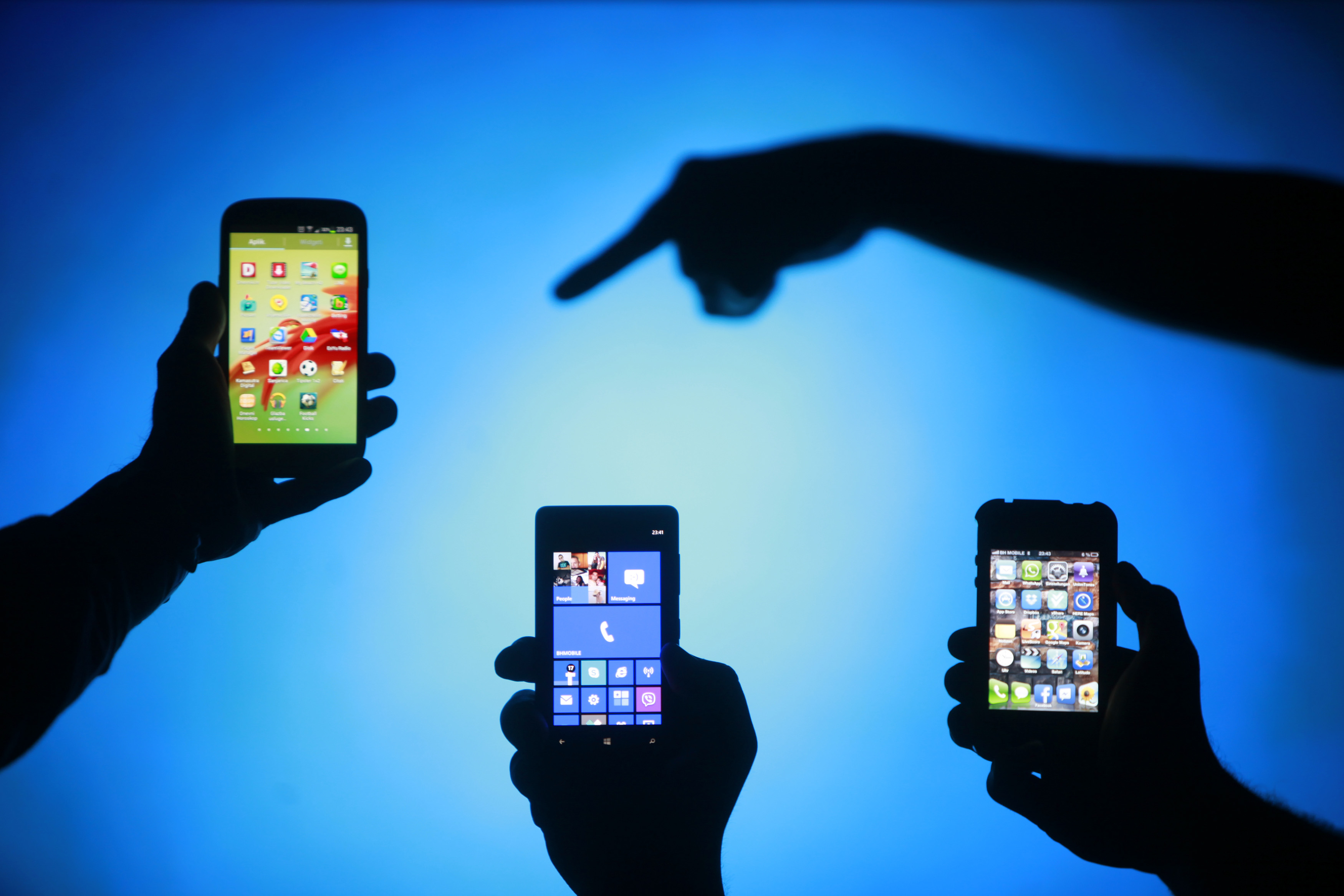
Whilst the economic impact is increasingly obvious (and there is a ‘black’ and ‘grey’ layer to the smartphone economy beneath the legitimate market), there are changes in other behaviours. More women are in the workplace and they are avid buyers of new technologies. They shop online and pay cash at the door, cardless and bankless transactions that are changing the shape of the retail envelope. Education via distance learning is increasingly accessible via a smartphone, as is healthcare and the ubiquitous social media apps that keep millions locked face down in their smartphones as they commute. Both men and women are entertainment consumers via mobile devices, watching TV shows and clips from the newly-unblocked YouTube. Jobs are advertised and applied for via smartphone, and there is a growth in grocery shopping via vast online warehouses. Transport is booked in the mushrooming taxi sector with Uber launching in Lahore in the last week. In the (near) future, smartphones are likely to replace cards at ATM machines. Smartphone shipments to Pakistan increased by 123 per cent in 2015. The average price of a smartphone is $45 giving a mobile market value of $840 million annually — a figure that can only rise and rise. A revolution is under way that few would have predicted even 10 years ago. A revolution in which — as yet — not a shot has been fired.
Published in The Express Tribune, March 10th, 2016.
Like Opinion & Editorial on Facebook, follow @ETOpEd on Twitter to receive all updates on all our daily pieces.



1732623521-0/bitcoin-(1)1732623521-0-165x106.webp)








COMMENTS
Comments are moderated and generally will be posted if they are on-topic and not abusive.
For more information, please see our Comments FAQ